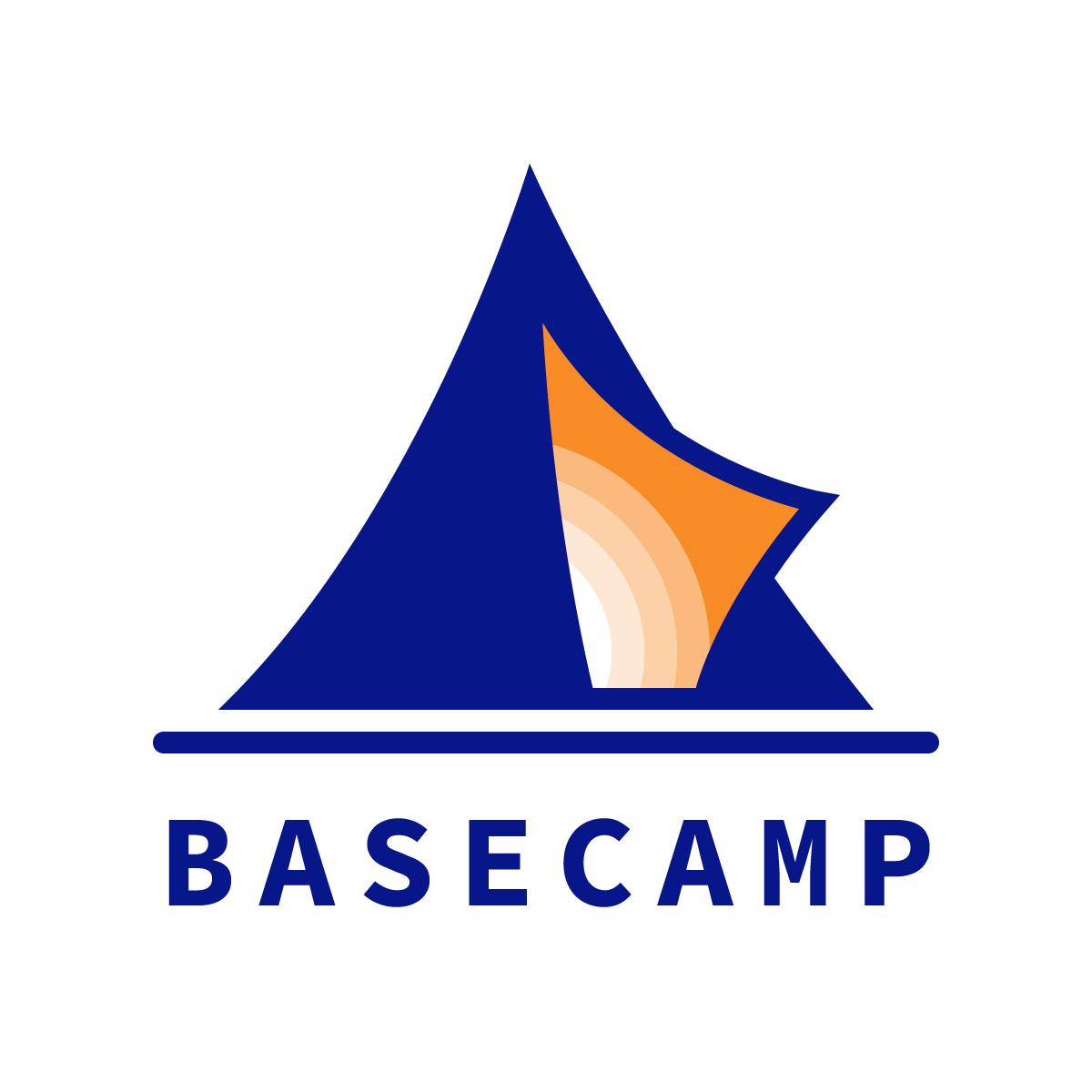Future of Learning Top Reads for week of Jan 13 2020
This week, all three insights come from the same recommended reading, Jeff Selingo’s rebooted higher ed newsletter, NEXT: “3 Things to Watch for in 2020 and Beyond.”
I often cite Selingo’s writing here, as he is one of the best thinkers about higher ed and its wider ecosystem.
***
If you read no further, please read this:
“More than 60% of college students said they had experienced ‘overwhelming anxiety’ in the past year according to the American College Health Association.”
Why does this matter to the future of learning?
That number should make you feel profoundly uncomfortable.
It is a function of many variables, a sign that the system is broken. We all are contributing—actively or passively—to this broken system.
What will be your first move to change it?
***
Organizing School for Continual Learning
“What’s different now: The skills needed to keep up in any job are churning at an ever faster rate, making it increasingly difficult for legacy degree programs at traditional universities to keep up. Master’s degrees and certificates used to be seen as the credentials to stay current in a career but they offer too much, take too long, and cost too much in an era when people need skill development constantly and in much shorter spurts.
“What’s happening: YouTube, LinkedIn Learning, and General Assembly among others recognized the demand for shorter, on-demand learning last decade. Now traditional higher ed is playing catch-up. Arizona State and Georgia Tech—two campuses where I have part-time advising roles—are in the early stages of plans to build an infrastructure for continuous learning. […]
Why does this matter to the future of learning?
There is a lot packed into this excerpt:
“Legacy degree programs” are too time consuming and too expensive. When the primary goal is to develop knowledge, courses need long runways—which are typically more costly. But when the primary goal is skill development, faster learning—which tends to be less expensive—is a more attractive route. How might K12 schools get creative with how they credit learning in faster and cheaper ways?
Notice how two of the most innovative publics—Arizona State and Georgia Tech—are investing in “infrastructure for continuous learning.” Their franchise programs—undergrad and grad degrees—won’t disappear any time soon. But alongside them we should also expect to see faster and cheaper learning experiences. The infrastructure needed to design and deliver those experience could create positive pressure on status quo infrastructure.
If culture = strategy, schools should nurture a culture that prepares teachers to design and deliver learning experiences that don’t fit into traditional containers (eg, semester or year long).
***
Amazon-as-School
“The company that seems to do everything announced last summer that it plans to spend more than $700 million to train 100,000 employees for higher-skilled jobs over the next six years. But look through any of the news stories about the announcement and what you won’t find is a mention of any college or university that will deliver that training.
“Rather, Amazon built its own education and career development program for the company’s employees.
Just like when Amazon built cloud computing to solve its own business needs first, my bet is that Amazon has similar plans in education. Build the platform internally, perfect it, and then scale (and license it) to everyone else. That was the playbook for Amazon Web Services (AWS).
“To compete, colleges and universities need to shift their thinking from serving students to the needs of learners.”
Why does this matter to the future of learning?
Cliche, but true: “non-profit” is not a business model; it is a legal and tax status.
So schools must think long and hard about the logic and assumptions that underlie their business model. (For example, is it a Platonic truth that schools must have gaps in their operating budgets that they bridge through annual funds?)
For Amazon, it may end up being a short step from designing for their adult “learners” to tweaking their learning offerings for typical “students.”
***
Question of the week:
***
Thank you for reading this post from Basecamp's blog, Ed:Future. Do you know someone who would find the Ed:Future blog worthwhile reading? Please let them know that they can subscribe here.


